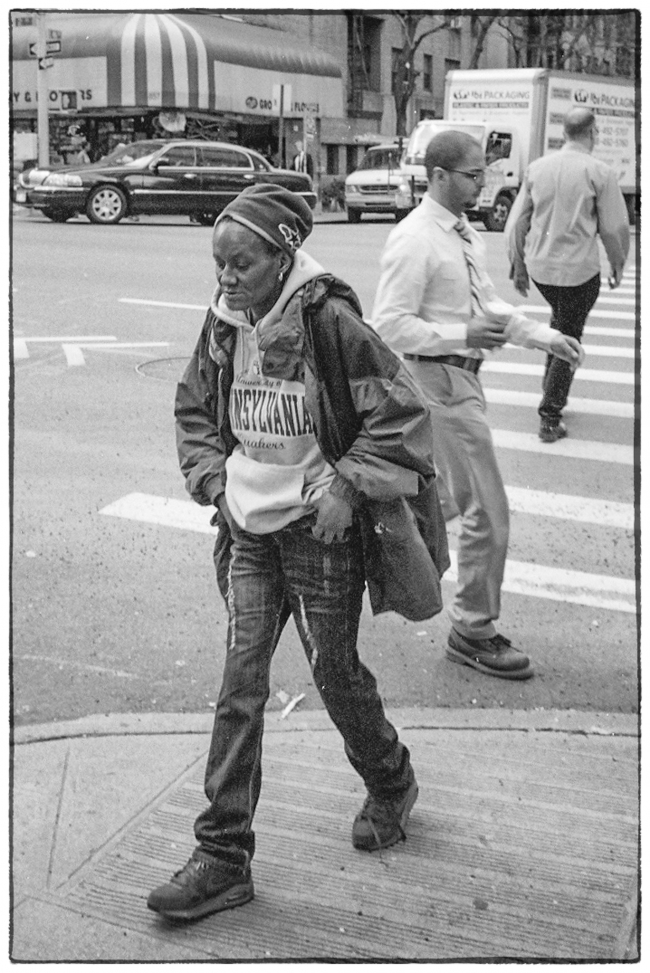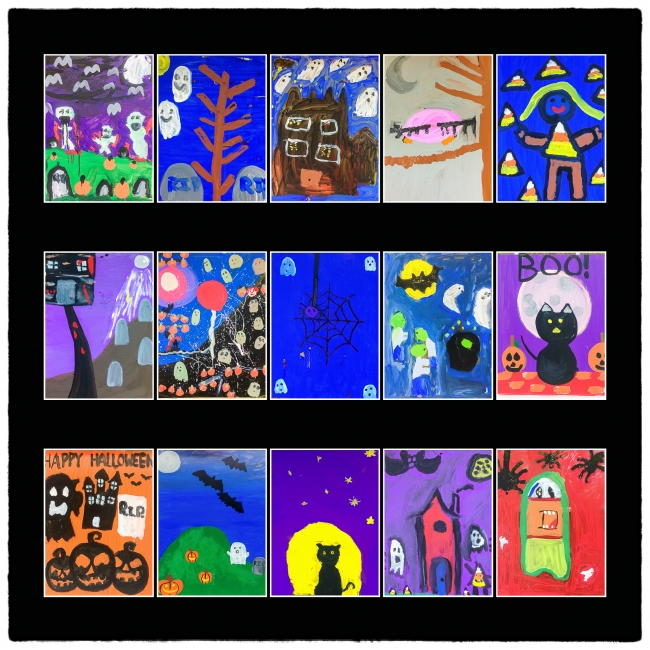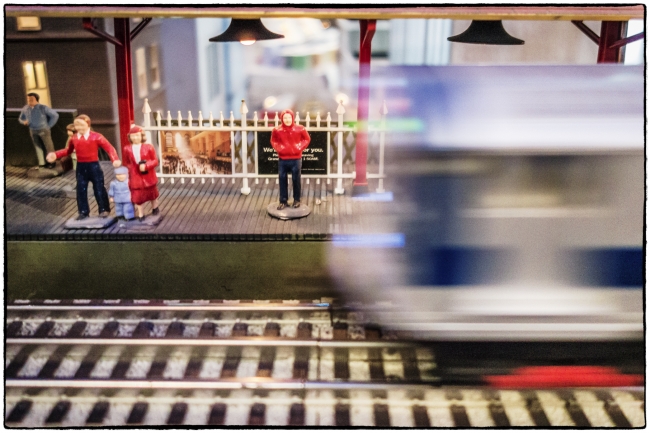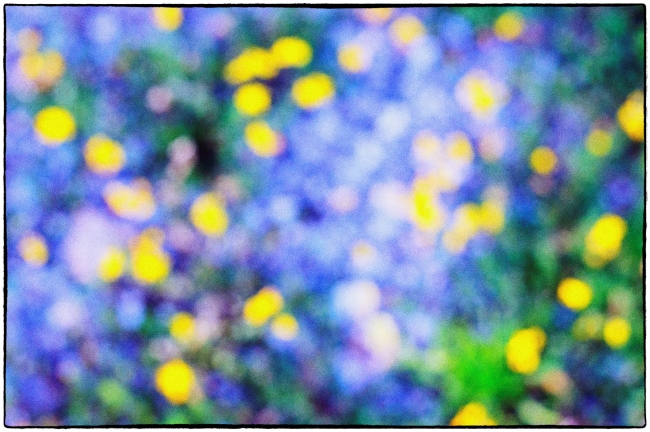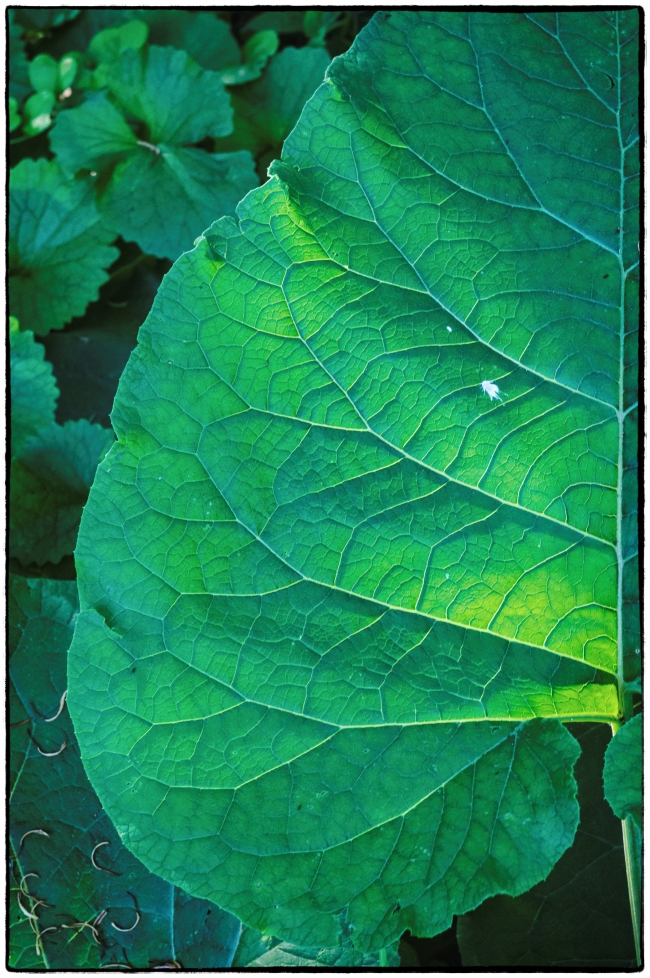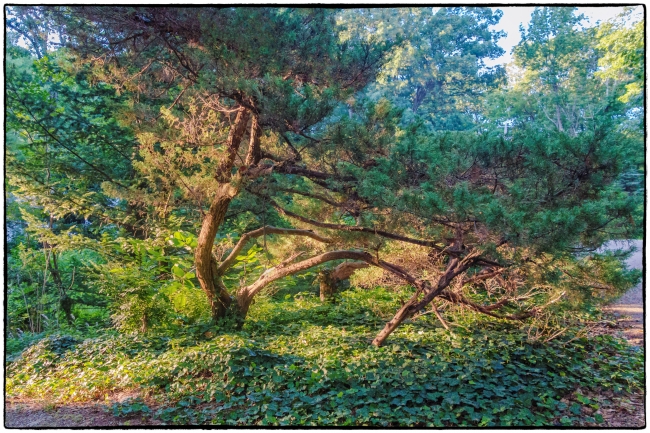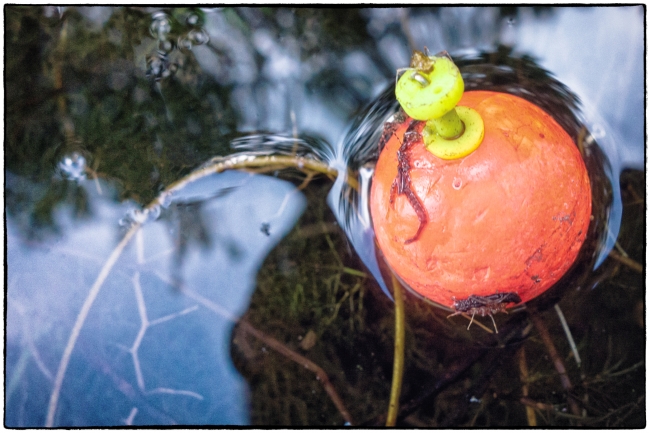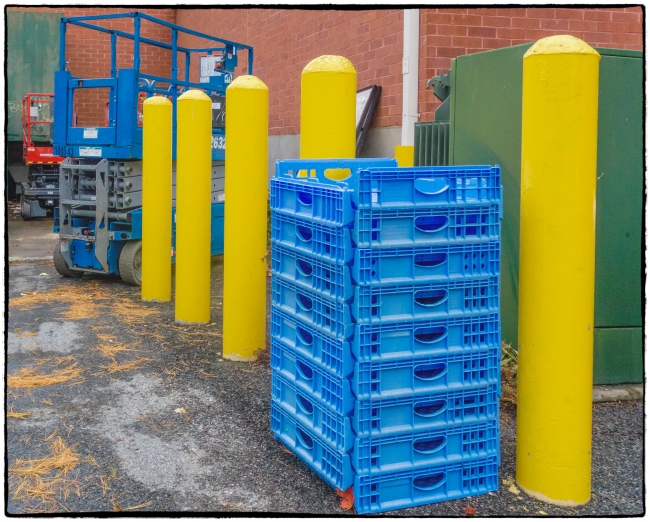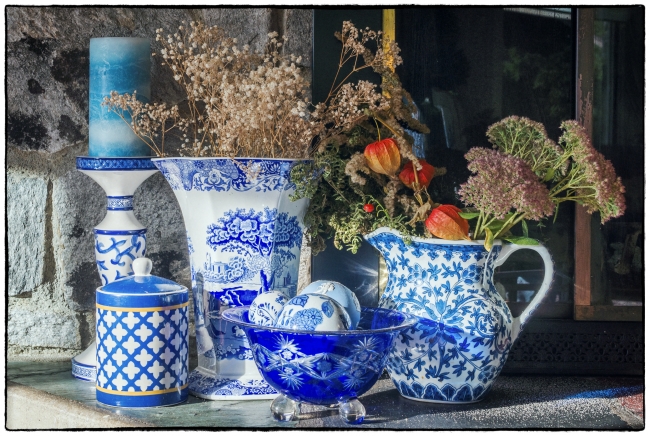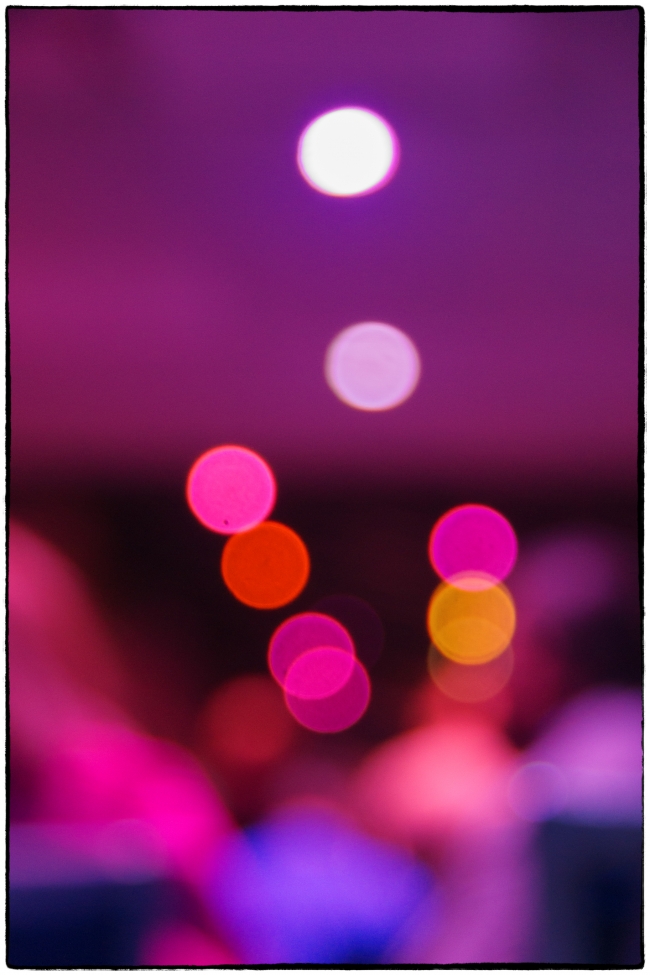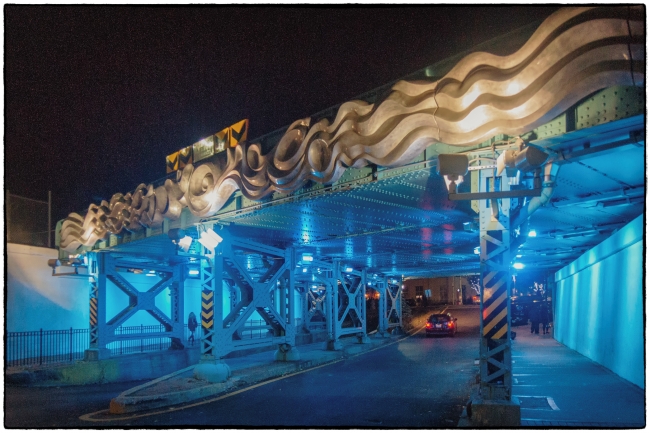Augustins spreads out to the East of Rue de Carouge between Plainpalais and Carouge around the Place des Augustins. According to the website of the Republic and Canton of Geneva this square gets its name (translation from the original French):
…from a monastery, founded in 1480 by the brothers of “Notre-Dame-des-Hermits”, of the Augustinian Order, on the site of a hermitage (first references in 1461), at far end of the Faubourg Saint-Léger, very near the Pont-d’Arve.
It appears to have enjoyed the favor of the princes of Savoy. The largesse of Renee, bastard of Savoy allowed the order to build, from 1498, a new chapel in which they placed a renowned painting of the Virgin, which was credited with wonderful cures. The Reformation and the general demolition of the suburbs of Geneva (begun in 1530) was the death knell for the last monastery founded in Geneva. On August 9, 1535, a group of citizens went to the monastery church, “Notre-Dame-de-Grâce”, and completed the destruction: the painting of the Virgin was burnt, the large bell melted, and the sacred gold objects sold to meet the needs of the city.
As the main tram line between Geneva and Carouge passes through Augustins I’ve seen the area along the Rue de Carouge many times, but only from the tram while in transit. This time I decided to walk back from a visit to the Old Town/Parc des Bastions along the Rue de Carouge on my way back home.
I’ve never liked this area much. The Rue de Carouge is a long street with lots of small stores and numerous restaurants like the one above – with outdoor seating areas in Summer. There are a few interesting buildings (see below), but there are many, more picturesque locations in Geneva. However, it seems I’m in the minority. As I passed the restaurants were mostly full of people having a great time. We even went there one evening and had a lovely meal at an Ethiopian/Eritrean restaurant: Meskerem.
The Ville de Geneve website describes the Casino-Théâtre as follows (translation from he original French):
Venue for the traditional and annual “Revue Genevoise”, the Casino-Théâtre nowadays also hosts plays and operettas, concerts and comedy shows. The Casino-Théâtre is one of the cultural highlights of the City of Geneva.
The origin of the Petit Casino dates back to 1881. Eugène Henri Villard and his wife Joséphine Dubouloz built a brewery and a performance hall, called “Brasserie de l’Espérance”. Over the years, the hall has changed hands several times, before being bought by the City in 1983.
According to Ville de Geneva website (translated from the original French):
The Community Centre of Plainpalais (parts of which – the Large Hall, the Assembly Hall and the kitchen located in the basement – are available for rental.) is ideal for a variety of different events. It is frequently reserved for major cultural events supported by the City of Geneva.
The Pitoëff Theater, on the first floor, is managed by the Department of Culture and Sport.
The maximum number of people allowed in the large hall is 1,000 without furniture, 600 with chairs and 500 with tables and chairs.
The maximum number of people admitted in the Assembly Hall is 200 without furniture, 150 with chairs and 100 with tables and chairs.
…
Built in 1908-1909 according to the plans of the architect Joseph Marschall, the Community Centre is part of the heritage of the City of Geneva. Here you can admire stained glass representing seasonal flowering and a mural by Edmond Ravel.
The southern border of Augustins: Buildings along the Quai Capo-d’Istria as seen from the Pont de Carouge.
Pictures taken with a Sony RX-100 M3

